What Are the Best Materials for DTF Transfers?
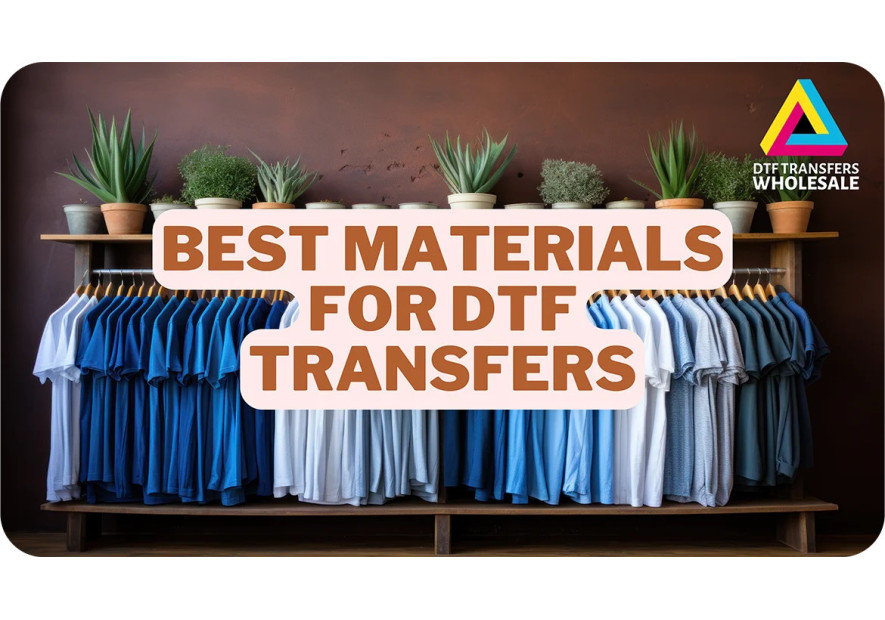
What Are the Best Materials for DTF Transfers?
The world of printing is going digital. Between 2018 and 2023, the number of digital printing businesses in the U.S. grew 5.3% each year on average. This trend shows a strong demand for digital printing services.
If you have a large printing job that needs fast, precise, and efficient solutions, DTF transfers might just be the answer. This advanced printing method is like a magic wand for achieving stunning, detailed prints on a variety of materials. However, with many substrates available, picking the perfect ones for your particular needs can be daunting.
Read this guide to explore your material options and discover tips for choosing the best materials for your needs.
Understanding Various Types of Materials Used for DTF Transfers
Direct-to-film (DTF) transfers allow you to print vibrant designs on different materials. Here's an overview of some common materials that DTF printing can be applied to:
Cotton
Cotton is a favorite for many when it comes to DTF transfers. Its natural fibers absorb the ink beautifully, resulting in rich, vivid colors and detailed designs.
Whether it's a T-shirt, tote bag, or pillowcase, cotton items are ideal for personalizing with your unique touch. The pros are its breathability, comfort, and how well it takes to DTF transfers.
However, cotton can shrink if not pre-treated or washed properly, which might affect the longevity of your design. Buying from a reliable supplier that specializes in cotton DTF transfers can help avoid these issues.
Nylon
Nylon, with its stretchy and smooth qualities, can be a bit tricky for DTF transfers. The challenge with nylon is ensuring the transfer adheres well since its surface can resist the transfer process more than other materials.
It often requires a specific adhesive or preparation. But once you've got it down, the results are impressive, offering vibrant colors on a material that lasts through wear and weather. Nylon is great for sportswear, flags, and backpacks due to its durability and resistance to moisture.
Denim
Denim offers a rugged, durable canvas for your DTF transfers. Its textured surface adds a unique dimension to designs, making them stand out. Plus, denim jackets, jeans, or bags can be personalized to reflect your style.
The main advantage is that denim is incredibly durable, meaning your designs will last a long time. On the downside, the rough texture might not showcase detailed designs as clearly as smoother fabrics.
Leather
Leather presents an upscale option for DTF transfers, ideal for customizing wallets, belts, and journals. The smooth surface of leather can showcase intricate designs beautifully, adding a luxurious touch to your items.
The catch is that leather requires careful handling to prevent damage during the transfer process. Plus, the heat and pressure needed for the transfer must be precisely controlled. The result, though, is a sophisticated, durable design on a premium material.
While DTF transfers can be applied to both pure (genuine) leather and synthetic (faux) leather, there are notable differences in how these materials handle the process. The differences in material composition, heat sensitivity, durability, and required care mean that each type of leather presents its own set of challenges and considerations.
Understanding these differences is key to achieving successful, long-lasting results with DTF transfers.
Polyester
Polyester is another popular choice for DTF transfers, especially for sportswear and banners. Its synthetic fibers hold onto the ink well, allowing for bright, fade-resistant designs. The smooth texture of polyester also ensures that images come out clear and sharp.
The advantage of polyester is its durability and the fact that it doesn't shrink. However, high heat can sometimes cause polyester to melt or warp, so careful temperature control is crucial.
Blended Fabrics
Blended fabrics, sometimes referred to as blends, combine the best of both worlds, mixing fibers like cotton and polyester to create materials that are easy to work with and offer the benefits of both. These blends are great for T-shirts, hoodies, and other apparel.
The top advantages of blends include:
- Reduced shrinkage
- A good balance of breathability and durability
- Excellent ink absorption for vivid designs
However, the challenge is that the exact ratio of materials can affect the outcome, so it might take some experimentation to get perfect results.
Each material offers exciting possibilities for customizing your products with DTF technology. Whether you're looking for durability, texture, or ease of use, there's a fabric out there that meets your needs. Don't be afraid to try something new. Experimenting with different materials can be a fun way to discover how your designs come to life.
Remember, the best results come from understanding the characteristics of each material and adjusting your process to suit.
Factors to Consider Before Materials Selection for DTF Transfers
When choosing the best materials for DTF transfers, your goal is to ensure that the end product not only looks fantastic but also stands the test of time. Here are a few crucial factors to consider to make the best choice for your specific projects:
Material Composition
The type of material you select plays a significant role in how well the DTF printing adheres and how the colors display. Natural fibers like cotton absorb ink differently compared to synthetic fibers like polyester, affecting the vibrancy and durability of the print.
Understanding the ink's compatibility with your material's composition can greatly influence the outcome of your project.
Surface Texture
The texture of your material can impact the clarity and adherence of your transfer. Smooth surfaces, such as finely woven fabrics or coated ceramics, tend to display designs more clearly and allow for better adherence to the film.
On the flip side, rough textures like denim or certain types of leather may present challenges in achieving high-detail prints.
Color and Opacity
The base color and opacity of your material can affect how colors appear once transferred. Lighter colors provide a neutral base that can showcase vibrant designs without alteration, while darker materials may require a white base layer to ensure colors pop as intended.
Transparent or semi-transparent materials might not be suitable for DTF transfers without an opaque backing.
Heat Sensitivity
Different materials react to heat in various ways. Since DTF transfers require heat to adhere the design to the material, it's crucial to choose a material that can withstand the required temperature without melting, warping, or discoloration.
Transfer to plastics, for example, demands careful consideration due to the substrate's sensitivity to heat stresses.
Durability and Usage
Consider the intended use and the required durability of the item you're customizing. High-wear items like sportswear or outdoor gear made from nylon or polyester might be better suited for DTF transfers than delicate materials that cannot withstand frequent washing or outdoor conditions.
Pre-Treatment and Post-Treatment Requirements
Some materials may require pre-treatment to enhance the adhesion of the DTF transfer or post-treatment to ensure durability and washability. This additional step can influence your choice depending on the complexity and feasibility of the treatment process for your specific project.
Environmental and Safety Considerations
When it comes to DTF technology, looking good isn't the only thing that matters anymore. Sustainability and safety are taking center stage. Choosing eco-friendly materials and non-toxic inks can do wonders for your project and the planet.
Thinking through these aspects is key. Not only will it make your creations stunning and long-lasting, but it'll also ensure they work perfectly for what you have in mind.
Turn to the Pros to Save Time and Money on High-Volume Printing Jobs
Understanding the best materials for DTF transfers can significantly enhance your projects. This ensures your customers get the high-quality results that they expect and deserve.
At DTF Transfers Wholesale, we provide high-quality DTF transfers to deliver professional results at great wholesale prices. Both our new and returning clients can attest to this.
If you have a bulk order that's brewing, make your order now, or feel free to call us at 305-781-9328 to discuss your needs and requirements.
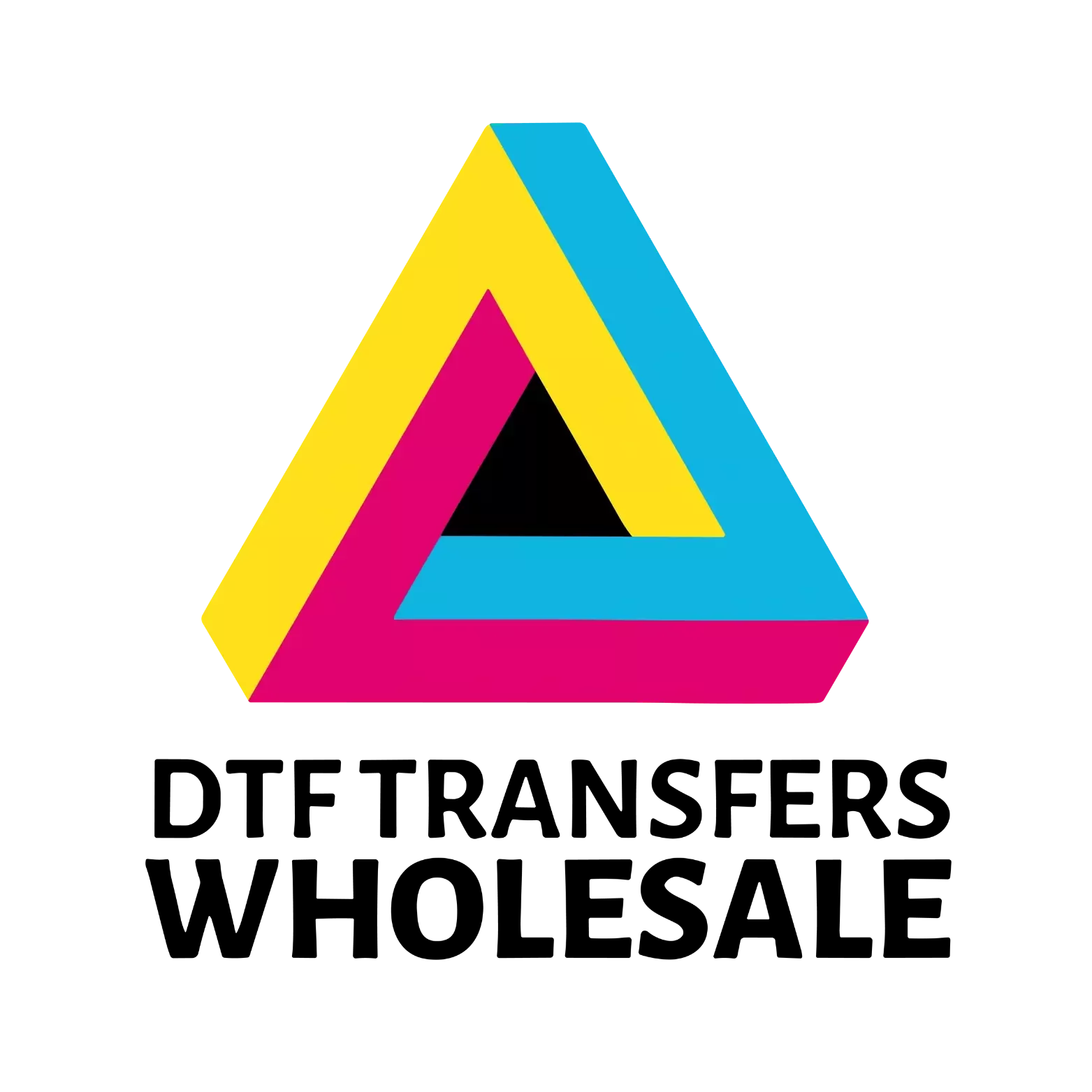

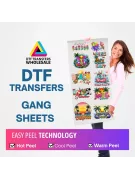
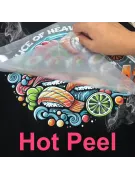

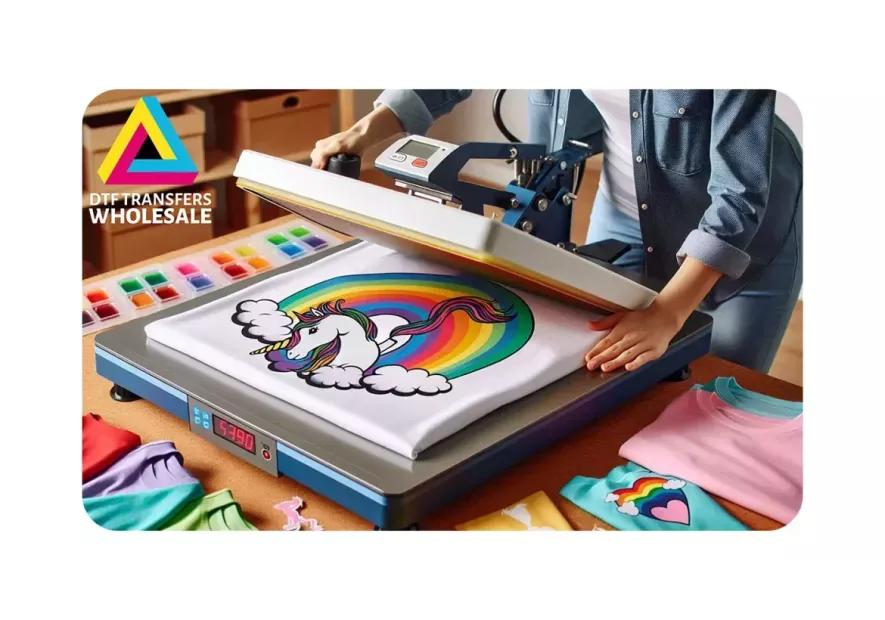

Leave a comment